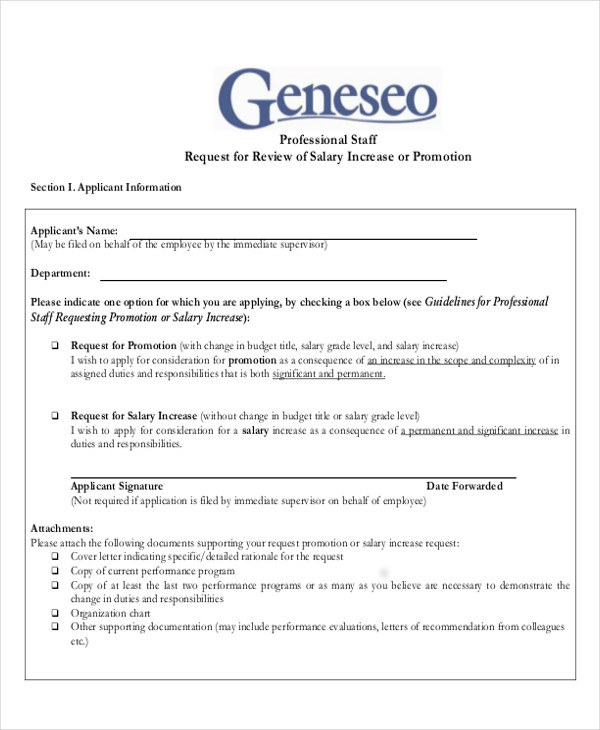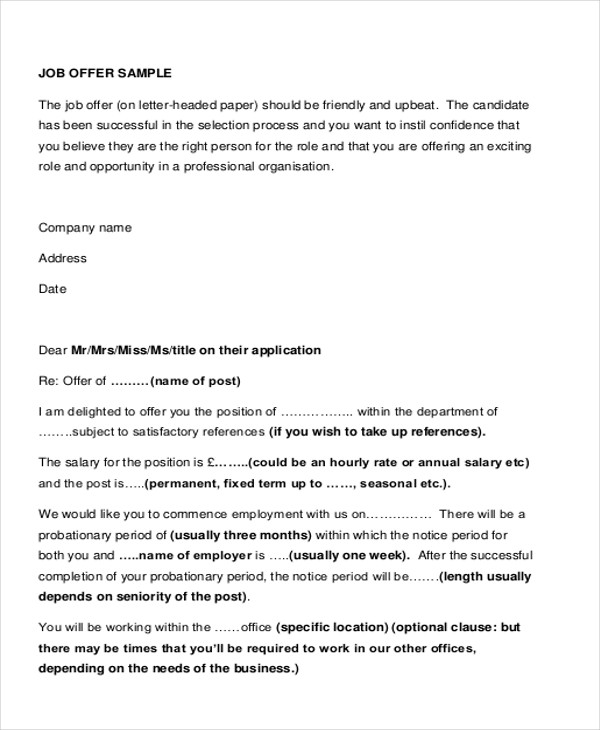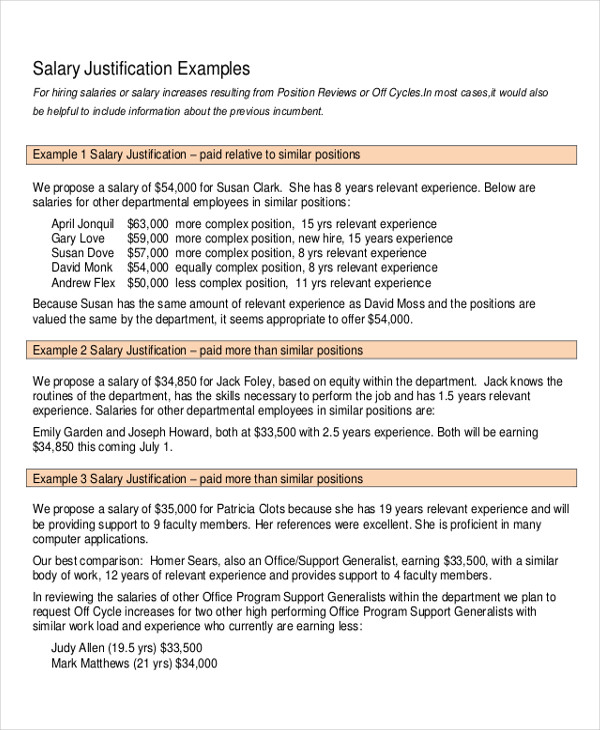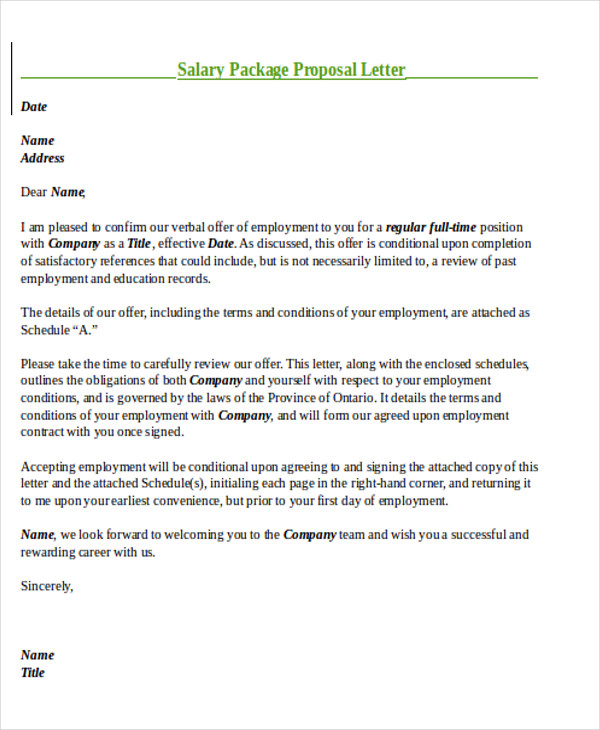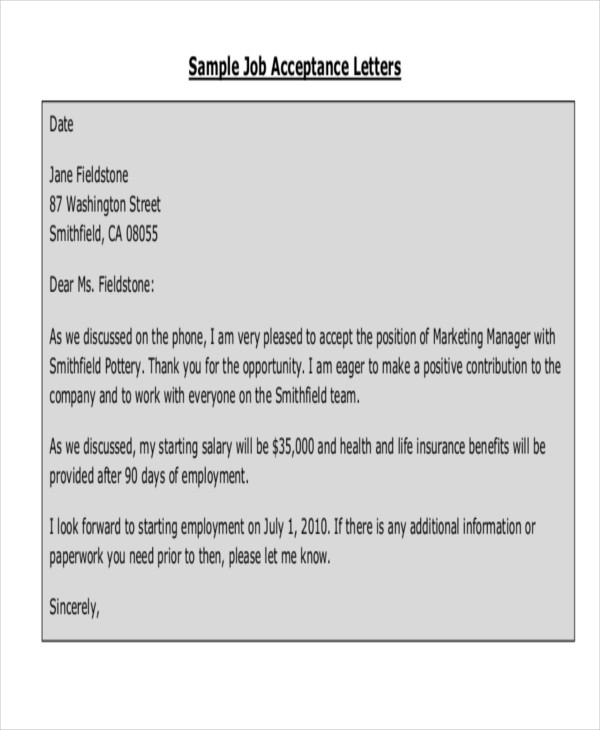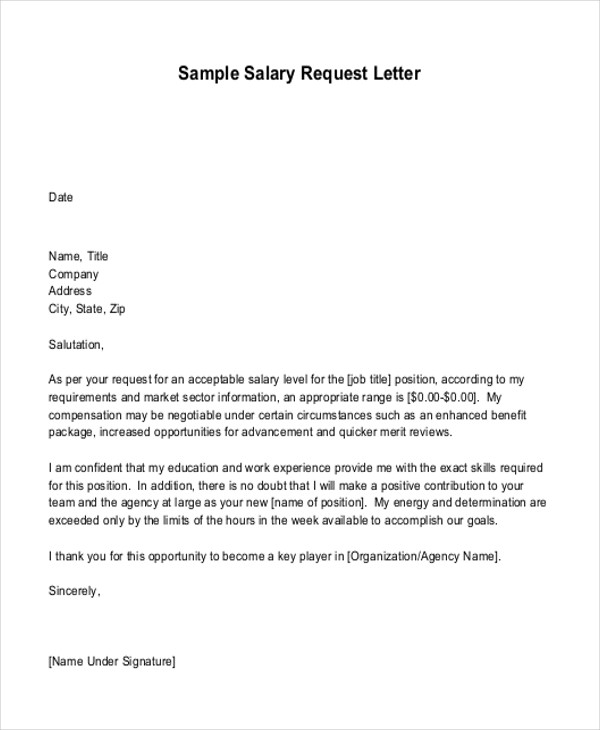Despite the abundance of instant, easy, and convenient alternatives, business letters remain the preferred method of formal and official method of communication between business partners, work colleagues, and other professionals in the business setting for a number of reasons. Aside from its ability to double as an official document, memo, notice, or formal complaint and request, a business letter also creates an air of professionalism and an appearance of credibility that an instant message does not.
A salary proposal letter is not all that different from other kinds of business letters. See these Sample Letters for a quick guideline.
Increase in Salary Proposal Letter
Job Salary Proposal Letter
Salary Review Proposal Letter
Format
When writing any business letter, it is important to maintain a tone of professionalism. Use these Sample Proposal Letters as an outline when writing your salary proposal.
Margin
Although it would depend on your chosen formatting, most business letters would only require an inch of margin on all sides, an inch and a couple quarters the most.
Paper Size
Certain countries like China and the United Kingdom use A4-sized papers as their standard size. Other countries like the United States and the Philippines prefer the 8.5” × 11” letter-sized paper. For lengthier contracts, the legal-sized paper may be used.
Font
Times New Roman is typically used as it has a conservative appearance, but other sans serif fonts like Arial, Gotham, and Georgia are also appropriate. Don’t use too small a font size nor too big. Size 10–12 is the preferred scope.
Salary Package Proposal Letter
Salary Proposal Acceptance Letter
Salary Proposal Cover letter
Salary Proposal Letter Sample
Tips in Creating a Salary Proposal
When writing a business proposal letter, particularly a salary proposal, make sure you do the following to ensure effectivity in your letters:
- Research salary and wage mean for your labor market. There are websites that show you how much the median salary is for workers in your field. Use this as the basis of how much you should be offering.
- Know how many people are in your field. Remember the old economics laws of supply and demand. The less people there are with your expertise, the more money you can demand.
- Check your country’s Bureau of Labor Statistics for information on salaries. The most valid and accurate would be from your area’s official labor statistics website, but you might end up under-pricing yourself as these sites don’t normally take into account individual qualifications.
- If in salary negotiations with a new job, calculate your salary range. This should be based on the job requirements and your credentials, years of experience, and the cost of living in your location. These information should be found online.
- Draft your proposal salary letter based on your research, performance, qualifications, educational attainment, and experiences in the field. Drafting a proposal salary letter would follow the same rules and tips for writing a Business Proposal Letter. In this proposal, mention your current salary, followed by data comparing it to the market rate. Propose a salary range with the data from your research backing you up.
- Be confident. Print up enough copies of your final document to distribute to your seniors and the human resources staff. If you’ve done the calculations right, then the amount you are asking for should be reasonable that you could face them standing up.
Related Posts
Resignation Letter for Medical Samples & Templates
Letter of Intent Samples & Templates
Letter of Intent for a Job Samples & Templates
Lease Proposal Letter Samples & Templates
Letter of Inquiry Samples & Templates
Character Reference Letter Samples & Templates
Claims Letter Samples & Templates
Response Letter Sample & Templates
Follow Up Letter Samples & Templates
Sample Project Proposal Letter Templates
Donation Letter Samples & Templates
Addressing a Formal Letter Samples & Templates
Grievance Letter Samples & Templates
Sample Sponsor Thank You Letter Templates
Sample Letters of Request

